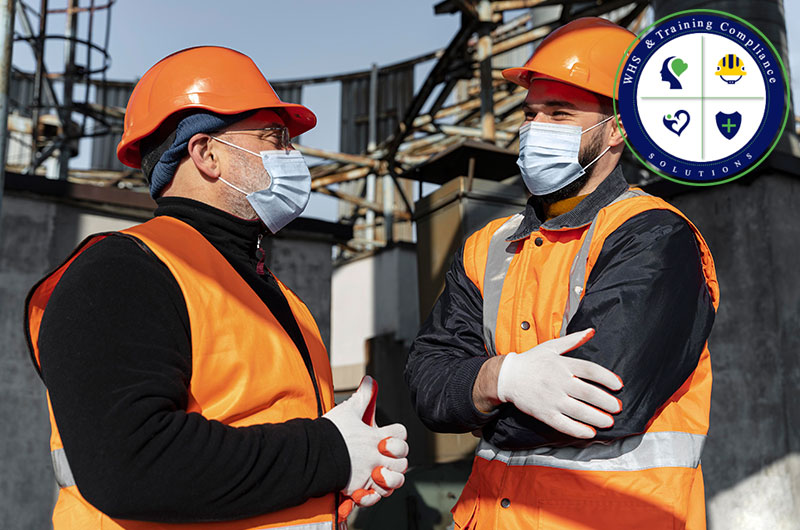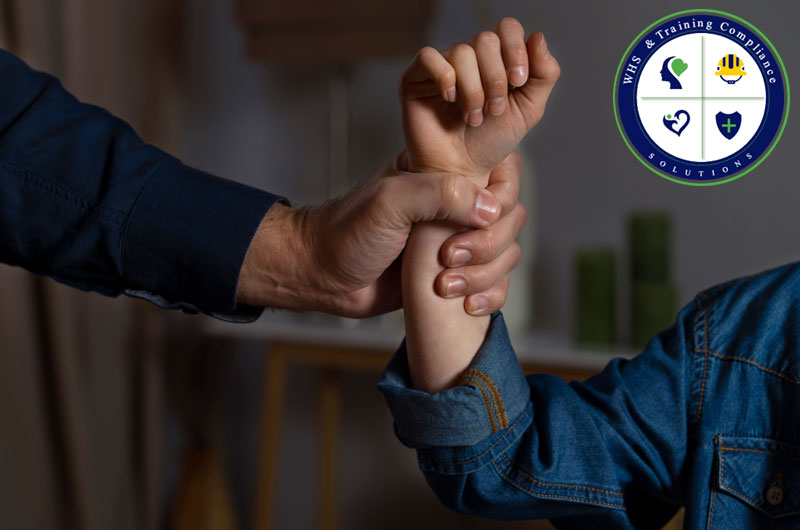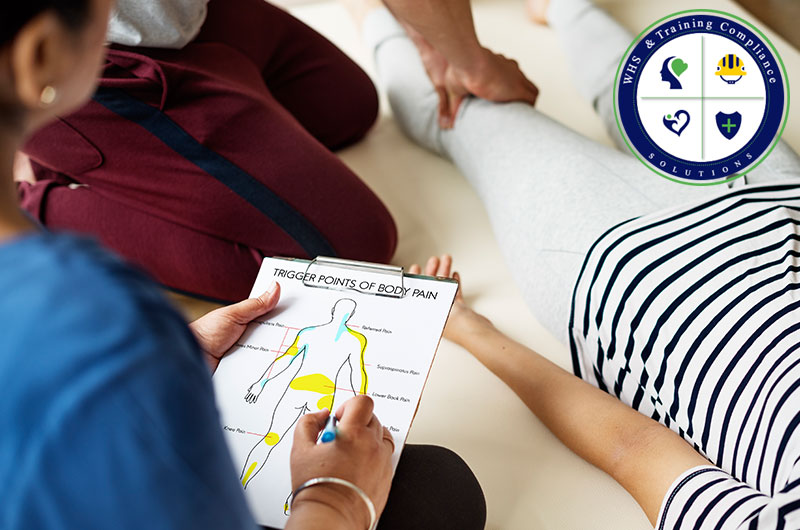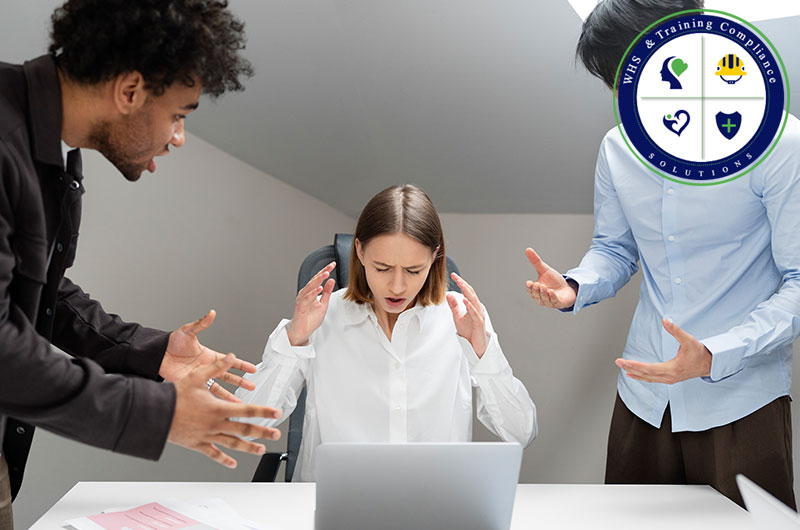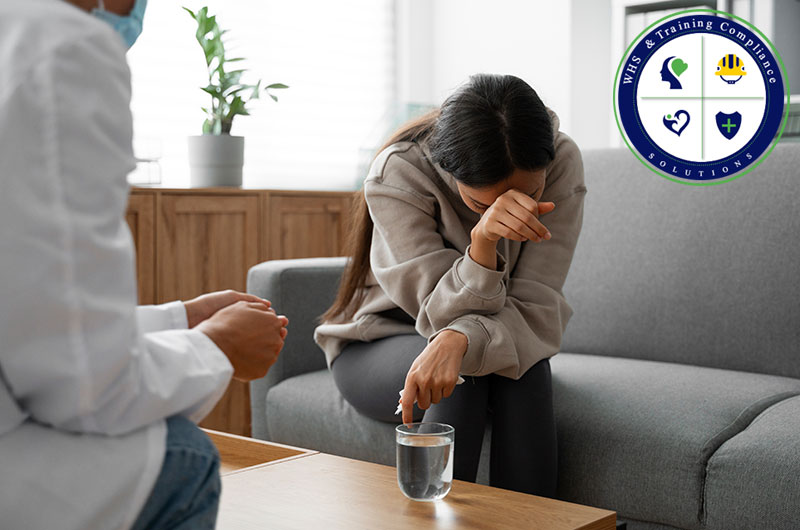A safe workplace is not just about ticking boxes on a compliance form. It is about people, your colleagues, your friends, going home at the end of the day in the same condition they arrived, maybe a little more tired, but not hurt. That safety is built, not wished for. And it is built by people who care enough to watch out for each other.
A health and safety committee gives that care structure. It makes sure concerns don’t disappear in the rush of daily work. It creates a place where your voice matters, where risks are taken seriously, and where actions are planned to protect everyone.
Your part in that is bigger than you think. Taking health and safety training gives you the skills to stop accidents before they happen. And doing something like the mental health first aid course means you are ready to help when the risk is invisible, when it’s in someone’s mind, not their hands.
Why Your Workplace Needs a Health and Safety Committee
Workplaces are busy. Problems can hide in plain sight. That frayed cord no one has time to fix. That heavy box stored just a bit too high. That quiet colleague who is struggling but says nothing. Without a system to find and deal with these issues, they stay where they are until something goes wrong.
A health and safety committee changes that. It is a team whose only focus is keeping people safe. It means hazards are spotted early, solutions are discussed openly, and nothing gets brushed aside because “it’s not urgent.” It builds trust. You know that if you speak up, someone will listen. And you know that protecting each other is just as valued as hitting targets or meeting deadlines.
Key Roles within the Committee
Every role in the committee matters. The chairperson keeps everyone on track guiding discussions, setting priorities, and making sure meetings lead to real action. The secretary listens closely, writes everything down, and makes sure no decision is forgotten once people go back to work.
Health and safety representatives are the voice for workers. They bring up the things you notice but might not feel comfortable raising yourself. Management representatives make sure leadership hears these concerns and provides the support needed to fix them.
When each person understands their role, the committee works like it should. Problems are raised, discussed, and solved. And safety stops being something “management handles” and becomes something everyone owns.
Core Responsibilities of the Committee
The committee’s job is simple to describe but takes real effort to do well, to keep people safe. That starts with looking for risks before they hurt someone. Walking through work areas, talking to staff, checking equipment. It means reading incident reports carefully, not to point fingers, but to understand what went wrong and how to stop it from happening again.
From there, the committee makes recommendations. Sometimes it’s new equipment. Sometimes it’s a change in how a task is done. Sometimes it’s a reminder of an existing rule that has been slipping. Safety audits follow, checking if changes are working or if the problem is still there. Every step protects people and keeps the workplace running smoothly.
Your Role in Health and Safety Training
Training is where you learn the skills that keep everyone safe. A good health and safety training session does more than tell you the rules, it gives you confidence. Confidence to act when something doesn’t look right. Confidence to help a co-worker without hesitation. Confidence to explain why a shortcut isn’t worth the risk.
Your role doesn’t end when the session is over. You can remind others of safe ways to do tasks. You can share what you’ve learned in casual conversations. You can lead by example, even when no one is watching. That’s how training becomes part of daily life instead of just a yearly requirement.
Addressing Mental Health at Work
Not all hazards are physical. Stress, anxiety, burnout, they can be just as damaging, even if no one sees them. Sometimes the warning signs are subtle. A co-worker seems quieter than usual. Someone’s work slips without explanation. These moments matter.
Talking about mental health is not always easy, but it’s necessary. Creating a space where people feel safe to speak up without judgment can change everything. The mental health first aid course Australia can give you the tools to handle these situations. You learn how to listen in a way that helps. You learn how to guide someone toward support without making them feel like a burden. When mental health is part of safety, the workplace becomes a place where the whole person, not just the worker, is valued.
Keeping Safety Communication Clear
Safety only works if everyone understands it. That means speaking plainly, without technical terms that make instructions harder to follow. When something is complex, a quick sketch, a diagram, or a checklist can help people see the point instantly.
Short, regular briefings work better than long, infrequent ones. They keep safety in people’s minds without taking too much time. They also give space for questions, which is when you often discover the small problems that could become big ones. Clear communication makes safety part of the conversation, not just a page in a manual.
Reviewing and Improving Safety Measures
Safety is not something you set up once and leave alone. It changes as your workplace changes. New equipment, new staff, different work schedules, all of these bring new risks.
That’s why regular reviews are important. You need to know what’s working and what’s not. Feedback from staff tells you how changes feel in real life, not just on paper. Tracking improvements shows progress and holds people accountable. Adjusting plans keeps the workplace protected from both familiar dangers and the ones you don’t expect.
Conclusion
A health and safety committee is more than a policy. It’s a group of people who care enough to keep each other safe. When you take part by speaking up, joining health and safety training, or using what you learned in a mental health first aid course Australia, you’re doing more than following rules. You’re protecting your colleagues, your friends, maybe even someone’s family member and that matters every single day.
